Many hot tub owners ask us - How long does it take for a hot tub to heat up?
Typically, a hot tub heats at 3°C to 6°C per hour and takes four to six hours to reach the desired temperature once it is filled.
However, this isn’t a hard and fast rule. The heat up depends on several factors, such as the initial temperature, size of the tub and even surrounding temperature.

For instance, if the temperature outside is cool, it may take longer to heat the hot tub. Conversely, warmer weather can speed up the process.
In this article, I’ll share practical tips to help you fast-track your heat up times. You’ll also learn the top factors that influence the time and how to manage them.
Key Takeaways
-
Hot tub heating time varies based on heater efficiency, water volume, starting temperature, insulation quality, and environmental conditions.
-
On average, hot tubs heat at 3 - 6°C per hour and, depending on conditions, take 4–6 hours to reach optimal temperatures.
-
Using an insulated cover and maintaining proper water levels can reduce heat-up times.
-
Ambient temperature impacts heating efficiency, with warmer surroundings speeding up the process and cold weather prolonging it.
-
Energy-saving tips like heating during the day and securing proper insulation can reduce energy costs and optimize how fast your hot tub heats up.
Factors Affecting Hot Tub Heating Time
A hot tub's heating time can vary based on several factors, such as:
-
Size of the tub,
-
Location of the tub,
-
Type of heating system,
-
Initial water temperature,
-
Outside temperature,
-
Insulation quality, and
-
Use of a cover.
If you’re researching how long hot tubs generally take to heat, explore our premium hot tubs collection for models with speedy heating capabilities.
Let’s address these factors in detail:
Size of the Hot Tub
The size of your hot tub has a direct impact on its heating time. Larger hot tubs, holding up to 2,000 liters of water, take longer to heat due to the increased volume. Smaller models, with capacities closer to 1,000 liters, heat up more quickly since less energy is needed to raise the water temperature.
For instance, a small acrylic hot tub might heat in 3–8 hours, while larger swim spas often require 12–24 hours. When estimating heating times, consider the volume of your hot tub, as a higher water volume increases the energy demand and the time it takes to reach the desired temperature.
Also, check the manufacturer's specifications, as they often add the expected heating times based on tub size.
Location for your Hot Tub
Leaving your hot tub exposed to the elements without shelter from the wind can take longer to heat up. However, keeping it sheltered from the wind, in a corner, or even better, covered in a pergola or similar structure will take less time to heat up.
Type of Heating System
The type of heating system also plays a crucial role in the heating time.
Standard electric heaters might take longer, often increasing the water temperature by 3°C to 6°C (5°F to 10°F) per hour. However, higher-capacity systems like gas heaters can heat water much quicker. A 2.7kW heater, for example, can add 2–3°C of heat per hour to a typical 1,325-liter tub. However, more powerful heaters reduce heating times but can increase energy costs.
Alternative heat sources like air-source or ground-source heating systems may provide higher efficiency, especially in certain climates.
Tip: Choose a heater that balances power output with energy consumption for optimal performance and cost savings. Some newer hot tub models feature energy-efficient designs that retain heat better.
For a fast and soothing soak in a rustic setting, shop these wood-fired hot tubs for sale which are designed to heat efficiently.
Starting Water Temperature
Another important factor is the starting water temperature. Cold tap water takes longer to heat than lukewarm water. If you're refilling your hot tub, using warm water will reduce the heating time. Always measure the initial temperature before starting the heater to estimate the time accurately.
Ambient Temperature of Hot Tub Water
The ambient temperature is a significant determinant of hot tub heating times. As expected, heating a hot tub in colder climates takes longer because the environment cools the water faster, countering the heater's efforts. Conversely, warmer ambient temperatures help retain heat, making the process more efficient.
If you live in a naturally cold environment, position your hot tub in a sheltered area or use a high-quality insulated tub with a good cover for faster heating.
This brings us to…
Insulation of the Hot Tub
Good insulation of the hot tub can dramatically cut down the time it takes to heat the water. Well-insulated tubs better maintain heat, reducing the workload on the heater. For effective water heating, go for models with high-quality insulation layers, similar to triple-paned windows.
Hot Tub Cover Usage
Using a hot tub cover is equally vital for retaining heat. Research shows hot tubs lose 60% of their heat through the surface. A high-quality cover prevents heat loss and keeps debris out, speeding up the heating process. It also serves as a barrier against weather elements, especially in a cold region.
Always ensure the cover fits snugly and is in good condition before heating. This helps to keep the hot air in and the surrounding elements out.
What is The Average Heat-up Time for a Hot Tub?
Hot tubs heat water at an average rate of 3-6°C per hour. However, this varies based on the factors outlined above (the type and size of the hot tub, the heater's power, etc.). Understanding these elements can help you better anticipate how long it takes for your hot tub to reach the ideal temperature before you can enjoy it.
The rate also depends on the heater power and environmental conditions. Under normal conditions, a standard 2.7kW heater, for example, raises temperatures by about 2°C per hour.
If your hot tub starts at 15°C and you want to reach 40°C, you will need to raise the temperature by 25°C. Depending on water volume and ambient temperature, a 2.7kW heater could take 4 to 12 hours to heat up.
Larger hot tubs or those with less effective insulation may be at the slower end of the spectrum. So, it’s best to use a spa cover and high-quality insulated tubs.
To minimize waiting times and enjoy quick set-up, buy our plug-and-play hot tubs that offer hassle-free installation.
General Guidelines for Different Sizes and Types of Hot Tubs
Different hot tubs have varying heating times. Here’s a simple guide to start with:
-
Depending on the heater's efficiency, a standard-sized hot tub might take around 3-8 hours to heat up.
-
Acrylic hot tubs often heat up within 4-8 hours, while larger models like swim spas may take around 12-24 hours.
-
Due to their construction and thermal properties, traditional wooden hot tubs can take longer, up to 24 hours, for full heating.
|
Type of Hot Tub |
Heating Time |
|
Small Acrylic |
3 - 8 hours |
|
Large Acrylic (e.g., swim spa) |
12 - 24 hours |
|
Wooden hot tub |
12 - 24 hours |
Recommended Heating Times Based on Starting Water Temperature and Desired Temperature
Starting with cold water (around 10°C or 50°F), a typical hot tub will heat 3-6°C (5-10°F) per hour. So, heating water to a comfortable 38°C (100°F) can take approximately 5-8 hours. If the initial water temperature is lower, the hot tub will take longer to reach the desired warmth.
For moderate climates, if the water starts at 20°C (68°F), your hot tub may only need 3-5 hours to reach 38°C (100°F). Using a hot tub cover can also speed up heating by trapping the heat inside.
Keeping sanitizer levels balanced is key to maintaining consistent heat, so check how much chlorine in a hot tub for the best possible soak.
Tips to Make Your Hot Tub Heat Up Faster
Here are five effective tips to make your hot tub heat up faster:
1. Preheating the Water before Filling the Hot Tub To Reduce Heating time
Preheating the water before filling your hot tub is one of the simplest ways to reduce heat-up time. If you start with warm water at about 27°C (80°F), the heating system will not need to work as hard.
However, it's important to use water at a safe temperature. Extremely hot water can damage the hot tub’s internal components, including the heating element, plumbing, and shell. To prevent thermal shock, most manufacturers recommend filling it with water no hotter than 90–100°F.
What to do:
-
Use a garden hose connected to a hot water tap. This can reduce the time it takes to heat up your hot tub by several hours, depending on the initial temperature of the water.
-
Monitor the water temperature during filling to ensure you don’t exceed safe limits.
-
Place the hot tub in a location that minimizes heat loss. For example, setting it up on a concrete or wooden base that retains warmth can help speed up the heating process compared to placing it on bare ground, which absorbs heat.
Tip: Ensuring a controlled flow of hot water mix can be beneficial as well. It’s straightforward and can help maintain your hot tub temperature longer, making for a more consistent heating process.
2. Use Proper Insulation and Seals to Keep Hot Air in
If you notice that your hot tub takes longer than usual to heat up, check the insulation quality. Insulating your hot tub helps keep the heat inside, reducing the energy required to maintain the water temperature. This step is essential, especially in colder climates, to prevent the water from taking longer to heat up.
Also, many budget models have minimal insulation and adding extra insulation can make a big difference.
What to do:
-
Insulate the sides, bottom, and plumbing lines of the tub. Consider using high-quality insulation materials such as spray foam insulation inside the cabinet or placing insulated panels around the tub to prevent heat from escaping.
-
Purchase a high-quality hot tub from the outset. These types of tubs are designed with insulation in the walls, base, and even plumbing to reduce heat loss.
-
Insulate the base. Heat naturally rises, but a significant amount of warmth can still be lost through the bottom of the hot tub. Placing a thermal barrier or a heat-reflective pad beneath the tub can help retain warmth.
-
Insulate your plumbing, too. Many hot tubs lose heat through exposed pipes. Wrapping pipes in foam insulation sleeves or heat tape can help maintain water temperature as it circulates through the system.
3. Avoiding Heat Loss by Keeping the Cover on When Not in Use
A well-insulated cover is one of the most effective ways to retain heat and speed up the heating process. Hot tubs lose a significant amount of heat through the surface, especially when exposed to cold air. A high-quality cover is a barrier, keeping the heat inside the tub and preventing it from escaping into the air.
This simple step can help reduce your hot tub running costs by keeping the water warm for longer.
What to do:
-
When selecting a cover, ensure it has a thick, dense foam core with a vapor barrier to prevent moisture absorption. Over time, covers can become waterlogged, which reduces their insulation capacity. If your cover feels heavy or is sagging in the middle, it may be time for a replacement.
-
Additionally, check for a tight seal. A cover that does not fit properly allows heat to escape, making it harder for your hot tub to reach the desired temperature. If your cover has cracks, tears, or gaps, consider using a thermal blanket underneath it for extra insulation.
-
For added efficiency, keep your hot tub water covered while the tub is heating up. Opening it frequently allows heat to dissipate, and this prolongs the heating process. Some hot tub owners use floating thermal blankets on the water’s surface to reduce evaporation and retain more heat.
4. Place the Hot Tub in a Sheltered Area
The location of your hot tub also plays a huge role in heating efficiency.
Naturally, if your tub is placed in an open, windy area, it will take longer due to constant heat loss. Wind and cold air create an evaporative cooling effect, pulling warmth away from the water’s surface.
What to do:
-
To minimize heat loss, position your hot tub in a sheltered area.
-
Install windbreaks, such as fences, hedges, or privacy screens, to protect the tub from cold drafts. If possible, place your hot tub near a building or structure that naturally blocks the wind.
-
If your hot tub is outdoors, place it in a sunny spot to retain heat. Invest in a weatherproof enclosure or a heated gazebo during winter to keep the surrounding air warm.
-
The foundation also affects heat retention. A well-insulated base, such as a concrete pad with an insulating mat, prevents heat from escaping into the ground. Avoid placing the hot tub directly on grass or dirt, as these surfaces absorb warmth.
5. Regular Hot Tub Maintenance
Over time, debris and mineral buildup can clog filters and slow down water circulation, making it harder for the heater to function effectively. Preventative maintenance avoids costly repairs and keeps your hot tub in optimal condition.
What to do:
-
Clean the filters regularly to prevent clogs that can impede the heating process. A dirty filter restricts water flow, causing the heater to work harder and increasing heating time. Most manufacturers recommend rinsing filters every two weeks and replacing them every 6–12 months.
-
Regularly checking and replacing worn-out parts can reduce the heating time significantly.
-
Inspect your hot tub’s electrical components. A malfunctioning thermostat or heater relay can cause inconsistent heating.
-
Check for scale buildup on the heating element. If you notice white, chalky deposits on the heater, it’s time for a descaling treatment. Hard water minerals can accumulate over time, reducing heating efficiency.
-
Monitor your water chemistry to prevent damage to components. Unbalanced pH or high calcium levels can lead to scale formation, while overly acidic water can corrode heating elements. Always keep the water properly balanced to extend the lifespan of your heater and improve operational performance.
Proper water chemistry can influence how long a spa takes to heat, so learn what chemicals you need for a hot tub to keep it running at optimal temperature.
Common Causes of Slow Heating
Several issues can cause your hot tub to heat slowly or stop heating entirely:
-
Insufficient Water Level: Low water levels can cause the heater to overheat and shut off automatically. Ensure the water reaches the manufacturer-recommended height to prevent interruptions.
-
Dirty Filters: Clogged or dirty filters restrict water flow, leading to inefficient heater operation. Clean filters monthly and replace them every six to twelve months or as specified by the manufacturer.
-
Faulty Heater Element: A damaged heater can prevent water from reaching the desired temperature. Regular inspection can reveal signs of wear, such as corrosion or visible cracks.
-
Power Supply Issues: Fluctuations or interruptions in the electrical supply can reduce heating efficiency or stop the system entirely. Verify the thermostat settings and circuit connections to rule out power issues.
How to Check for Hot Tub Heater Malfunctions?
Performing routine checks can identify heater problems before they lead to significant delays:
-
Test Water Temperature: Use a thermometer to verify that the water matches the temperature set on the control panel. Discrepancies can indicate a malfunctioning thermostat or overheating prevention measures.
-
Inspect the Heater Element: Remove debris and check for damage. If the element is corroded, cracked, or showing signs of failure, replace it.
-
Monitor Error Codes: Modern hot tubs display error codes on the control panel. Refer to the owner's manual for troubleshooting specific codes, such as HL (high limit) or FLO (flow problems).
-
Check for Blockages: Ensure the heater is free from obstructions, such as mineral buildup or debris, which can adversely affect its performance.
When Should You Call a Professional?
Certain problems require expert intervention to prevent further damage:
-
Persistent Heating Delays: Call a professional if your hot tub doesn't heat efficiently despite ensuring proper water levels, clean filters, and power supply checks.
-
Reoccurring Error Codes: A technician can address persistent error messages you can't resolve through basic troubleshooting.
-
Electrical Issues: It's vital to engage a licensed electrician for problems such as frequent circuit trips, irregular power supply, or wiring faults.
-
Malfunctioning Heater Parts: Replacing or repairing heater components like thermostats or sensors should be handled by a professional to guarantee accuracy.
How long does it take to heat a hot tub - Conclusion

Here’s a quick reference for heating times:
|
Heating Rate |
Time Required |
|
1 - 2ºC per hour |
Up to 12 hours |
|
3 - 6ºC per hour |
4 to 6 hours |
To speed up the heating process:
-
Use tub covers and turn on the jets.
-
Always follow the manufacturer's guidelines for optimal results.
-
Plan ahread to ensure the hot tub is ready when you need it. Heating it the day before can guarantee the perfect temperature when ready to use it.
-
Be patient. Rushing the process can lead to disappointment and suboptimal experiences. Give your hot tub enough time to get to the right temperature.
-
For a relaxing and comfortable hot tub experience, maintain the water temperature between 37°C to 40°C (98.6°F to 104°F).
Do you have any more questions about your hot tub or need an expert to provide personalized recommendations? Contact any of our team members here; we’ll be delighted to help.
Frequently Asked Questions
How long does it take to heat a hot tub?
On average, a hot tub heats at 3°C to 6°C per hour. Depending on the starting water temperature and other factors like heater efficiency and insulation, it can take 4 to 12 hours to reach 40°C.
What factors affect hot tub heating time?
Key factors include heater power, water volume, insulation quality, ambient temperature, and whether a cover is used. Larger tubs, colder starting temperatures, and poor insulation will lengthen heating time.
How can I make my hot tub heat up faster?
Use an insulated cover to retain heat, maintain proper water levels, clean the filters, and ensure there’s no heat loss. Heating during the day when ambient temperatures are warmer can also speed up the process.
Why is my hot tub taking longer than usual to heat up?
Slow heating can be caused by dirty filters, a malfunctioning heater, poor insulation, low water levels, or power supply issues. Regular maintenance and servicing can help identify and fix these problems.
Does using hot tub jets while heating speed up the process?
Yes, running jets circulates water evenly, which helps distribute heat more effectively. However, turn them off after use to minimize heat loss caused by evaporation.
What is the ideal water temperature for a hot tub?
The recommended water temperature for most hot tubs is between 37°C and 40°C, depending on user preference. Always follow safety guidelines to avoid overheating.
Can I use my hot tub while it’s heating?
Yes, you can. But it’s recommended to wait until the water reaches your desired temperature for maximum comfort and safety.


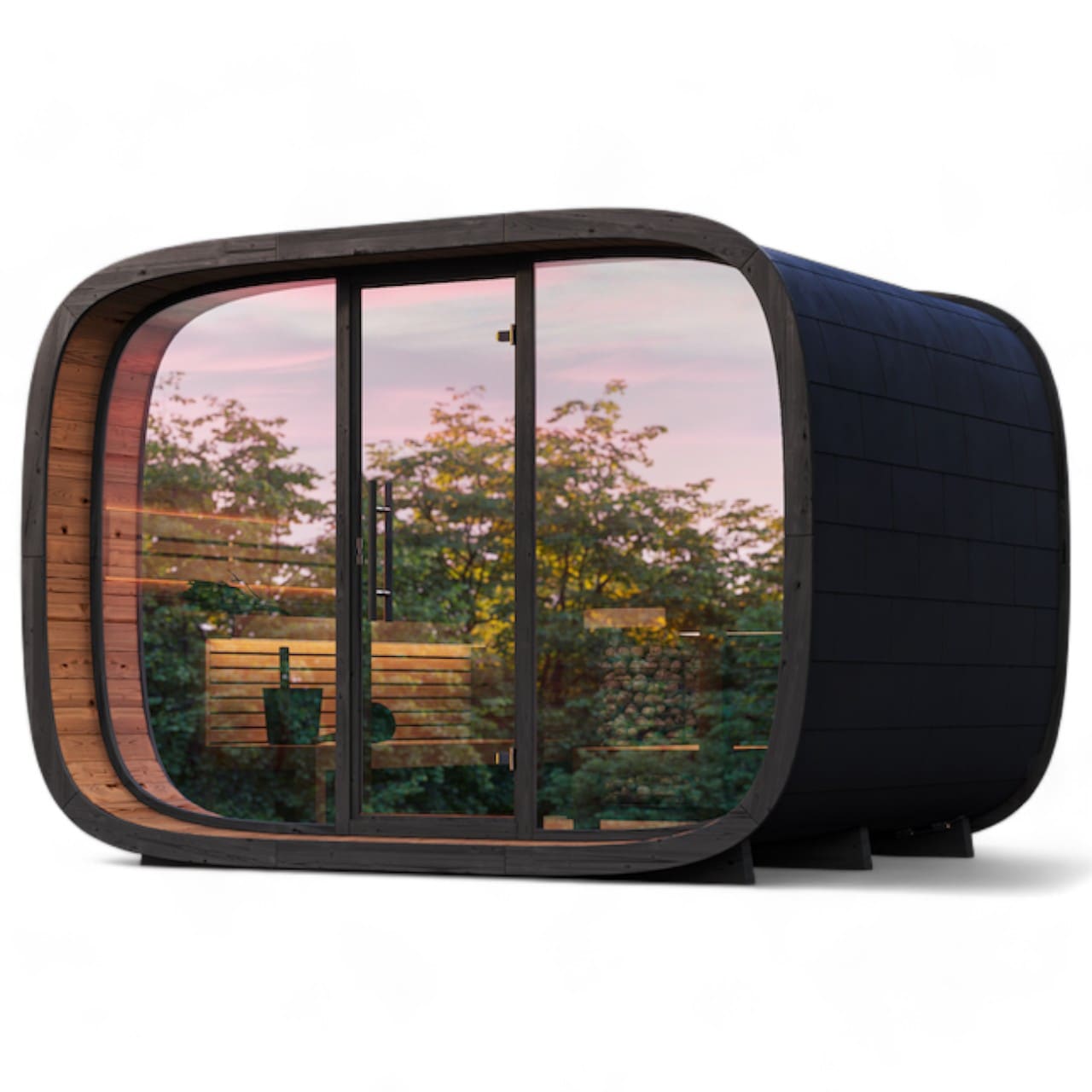
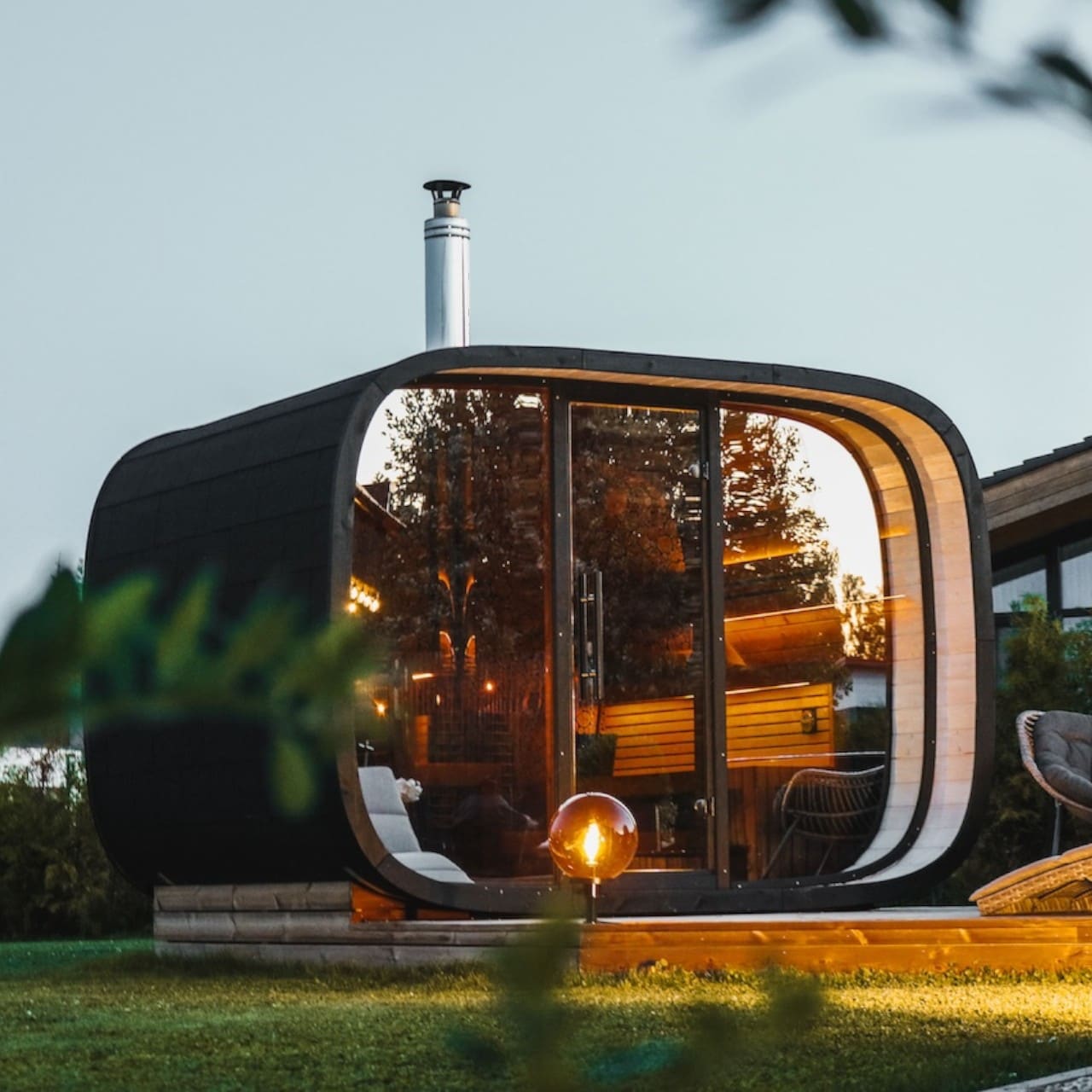
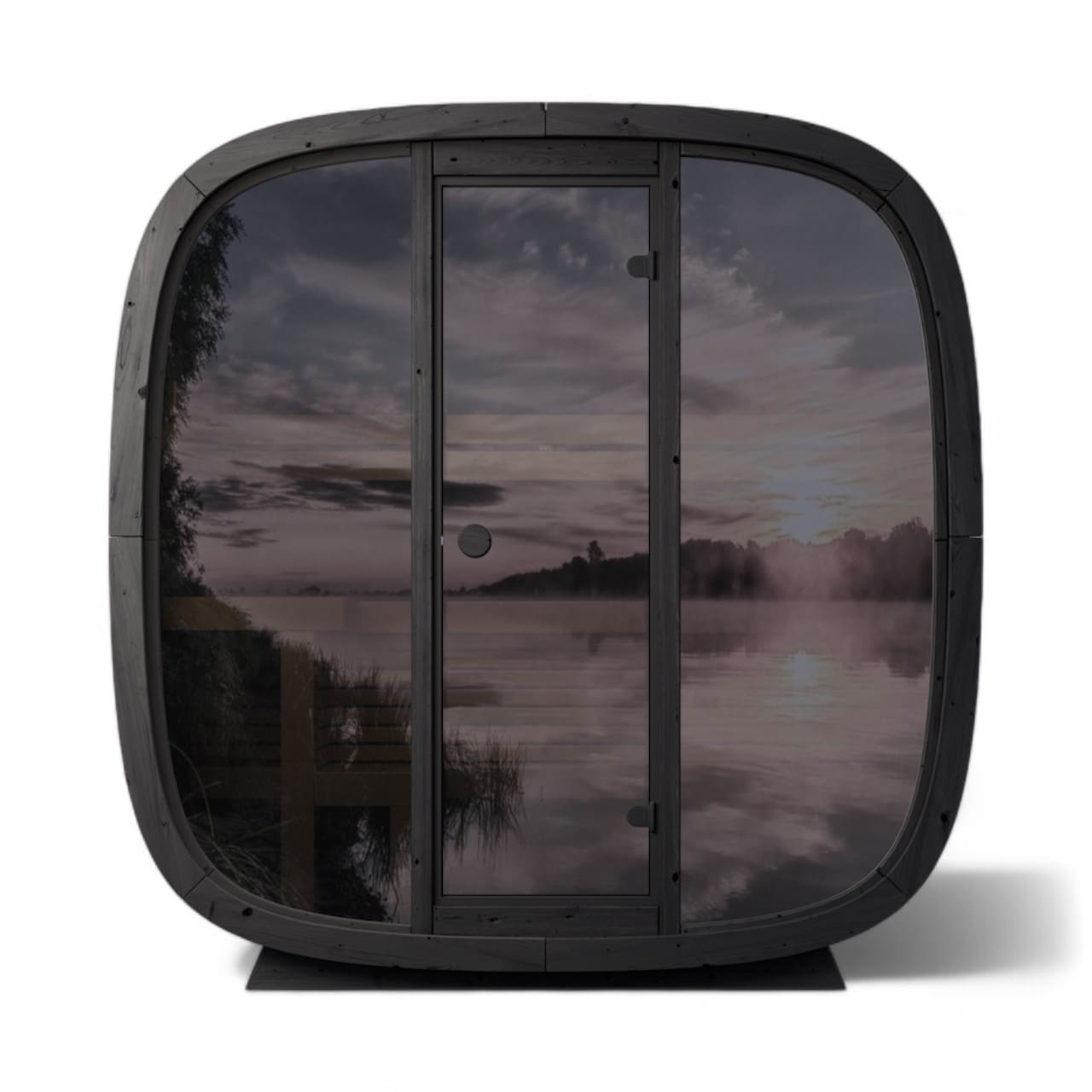
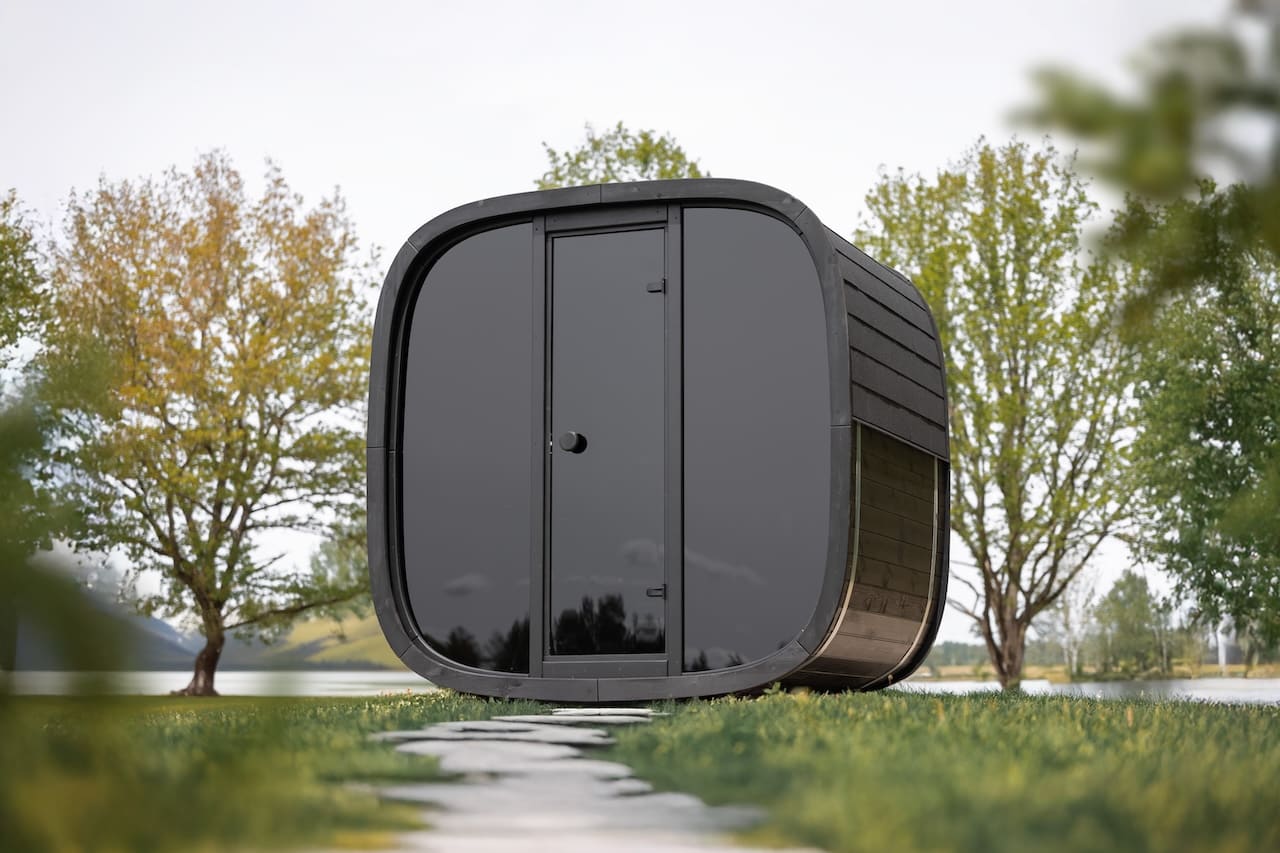
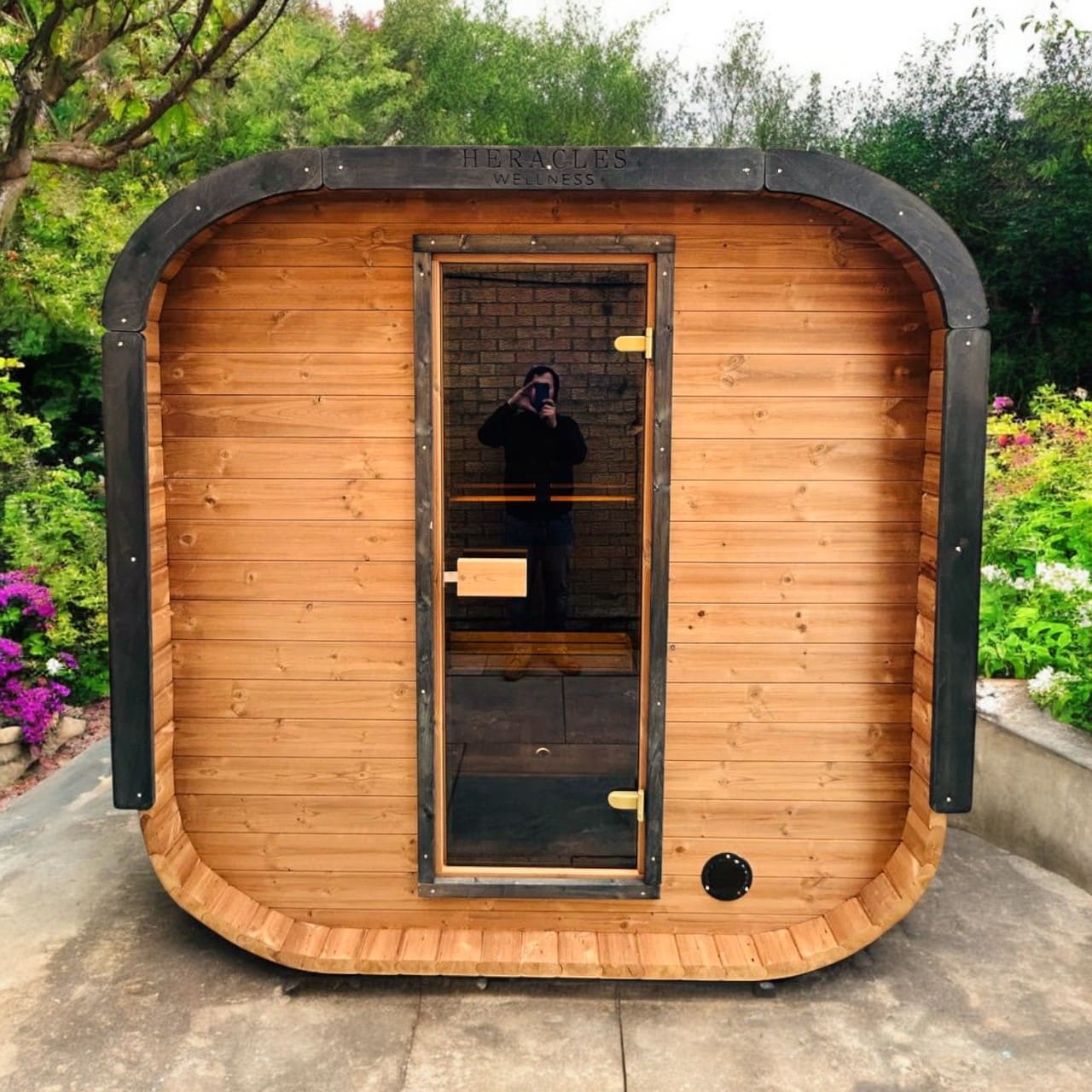
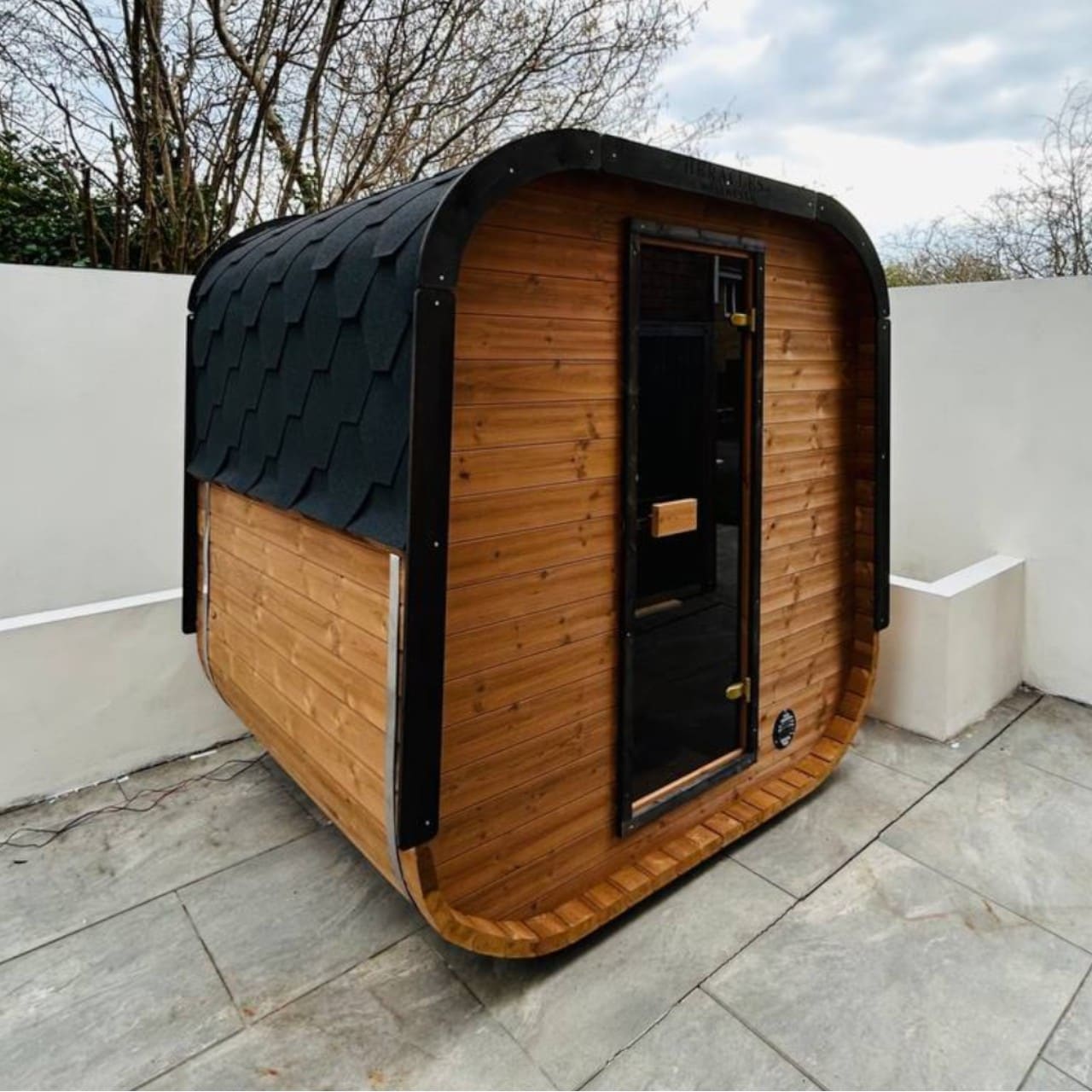
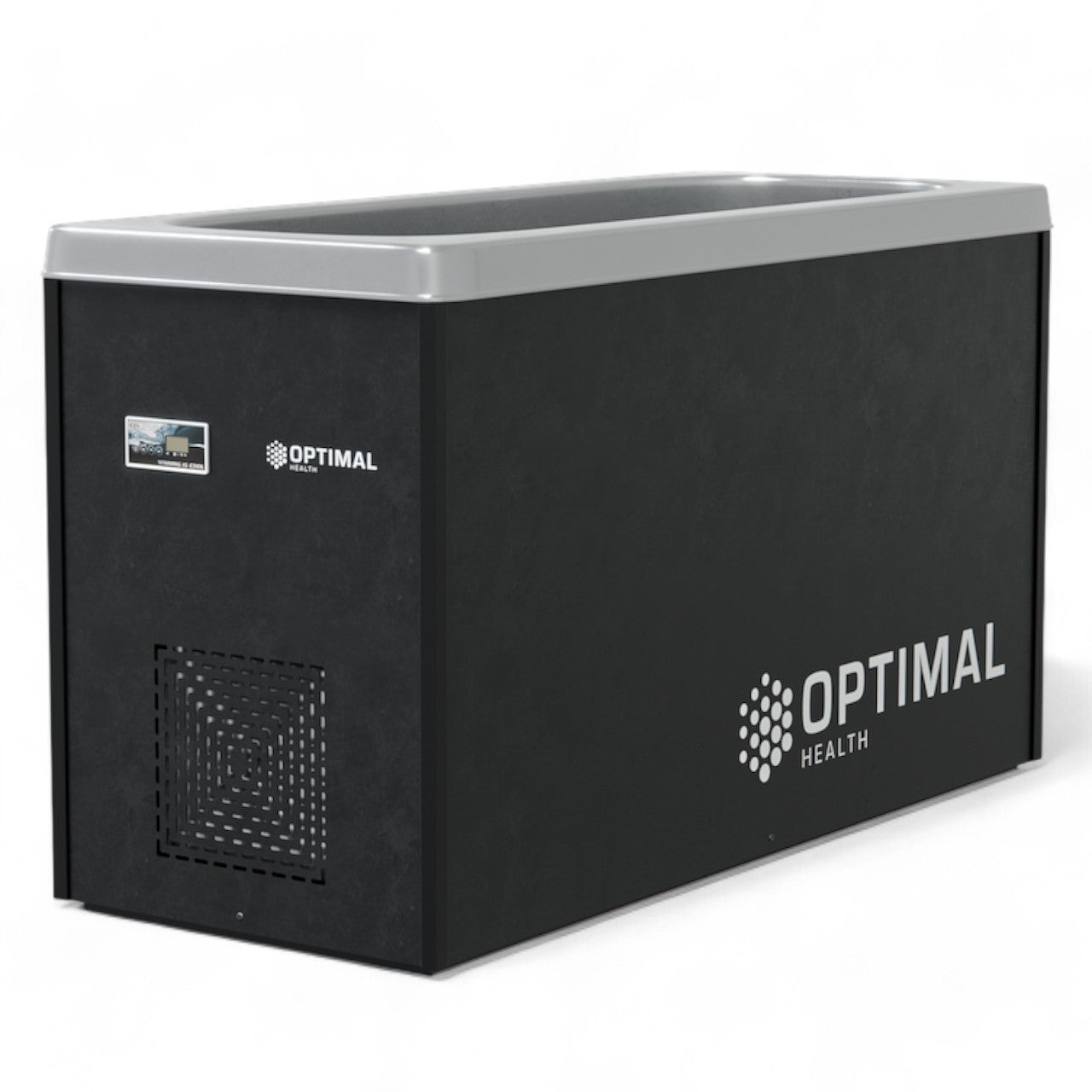
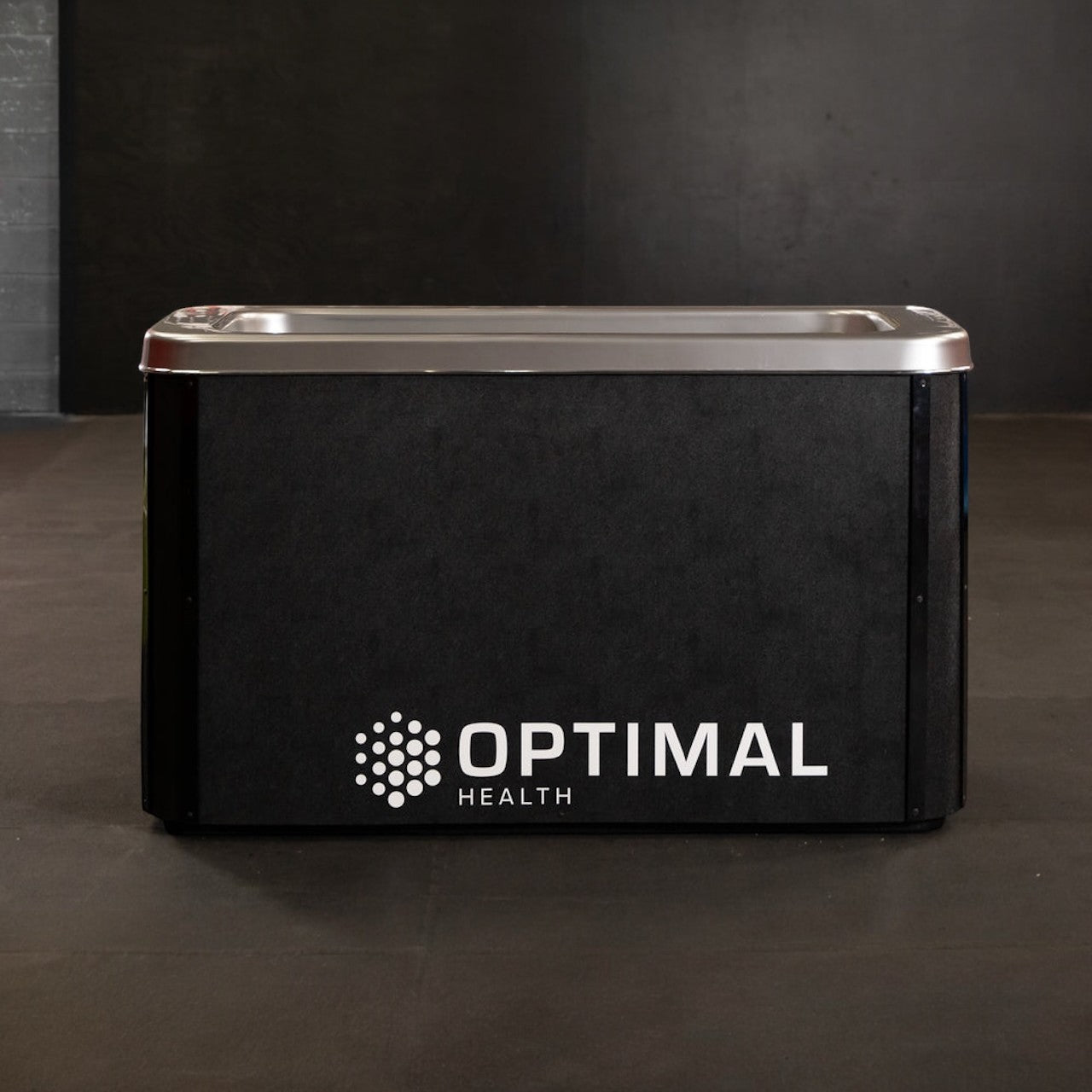
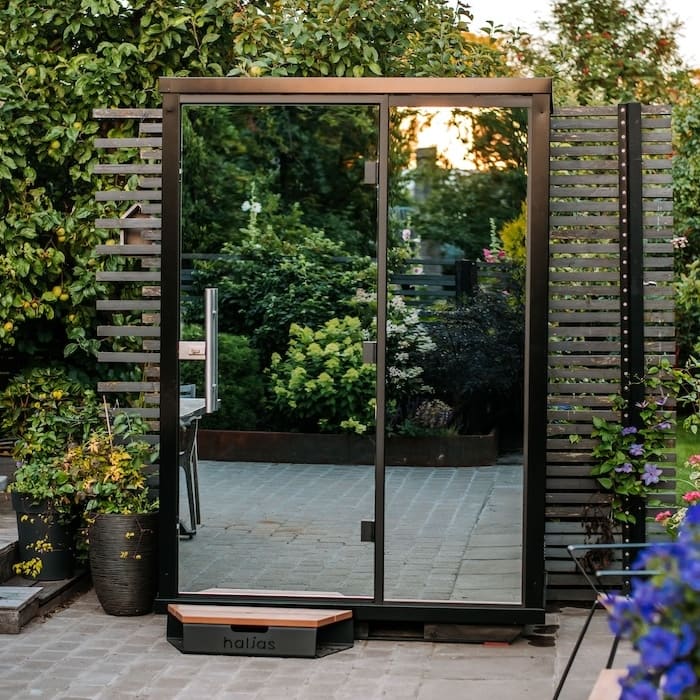
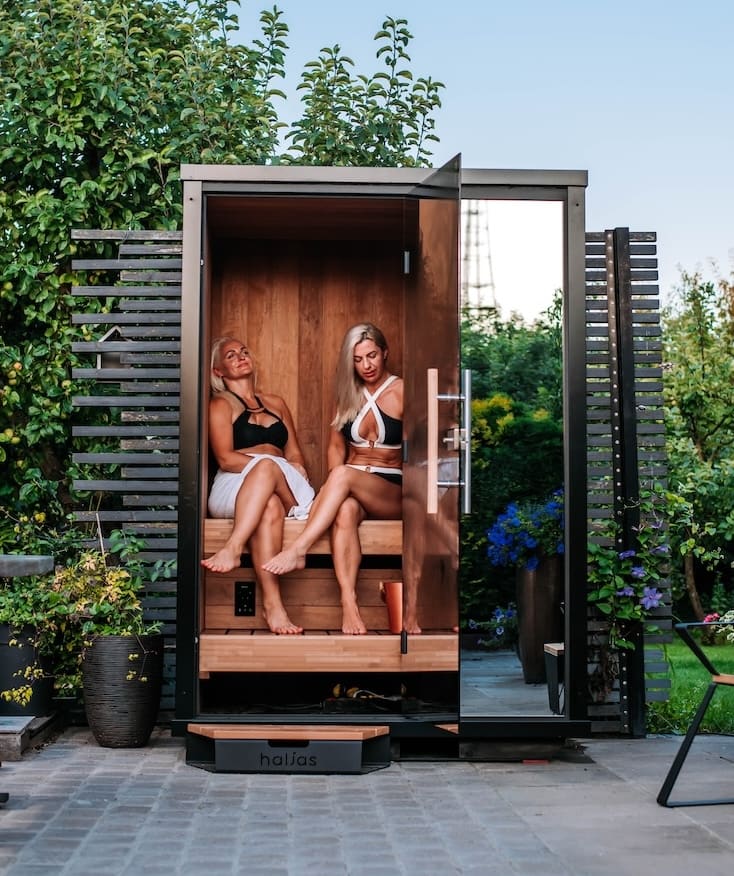



Leave a comment